Lettering comic books guide and info
Comic book lettering involves putting words, signs, titles, word balloons or borders, sound effects, and even the panel borders on a comic’s page.
How to hand-letter a comic book
Hand lettering comic books needs careful planning and set up. Determine the proper placement of your panels and evaluate where your comic texts should appear.
By assessing a comic’s page, it will be easier for the comic artist to foresee comic book lettering as a design element.
1.) Prepare your tools, hand lettering comics usually needs the following materials:
• Pencil
• Eraser
• Sharpener
• Ames lettering guide
• Drafting table
• Drafting tape
• Ruler or T-square
• Stencils
2.) Tape your comic page to the drawing table or to the drawing board. This will keep your page steady as you will try to create your comic texts clean and even.
3.) Using a ruler or a T-square, pencil the text guidelines. Hand lettering becomes easier once proper guidelines have been already spaced out in paper.
4.) Make sure to keep a uniformed spacing between the text lines. Use an Ames guide along with your T-square to aid you in doing this process as it allows you to draw lines that creates letters in same consistent heights.
Notice that most comic book texts are lettered in caps. This is because, lowercase letters involves measuring more guide lines and takes a great deal of work and time.
5.) When the guidelines are ready, it is now time to lightly pencil in the texts.
6.) Next is to ink the text. You can either use a classic crow-quill pen or a Rapidograph-type technical pen. Also ink the panel borders and set them aside to fully dry.
7.) After drying, carefully erase all pencil lines and other unnecessary marks. Try not to smudge the ink so your comic lettering texts looks neat and clean.
Computer comic lettering
Comic book lettering has been made easier with the advent of digitized comic fonts. Computer softwares such as Adobe Illustrator, Photoshop, Fontigrapher and many others provide alternative approach to lettering comics.
A clear advantage to computer lettering is that it can make the work go faster. A comic artist can easily change fonts and arrange them to fit in word balloons and panels in their comic pages.
Websites such as Comicraft and Blambot offers top quality comic font styles that are fit for the needs of cartoonists and comic artists.

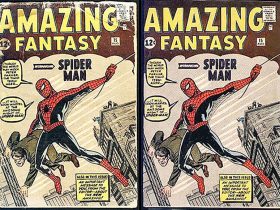
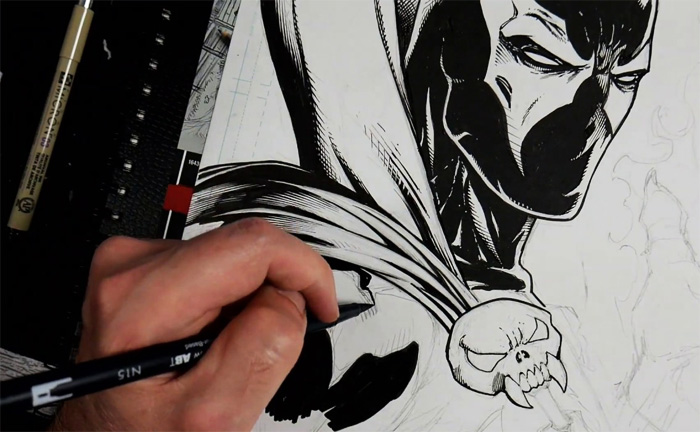
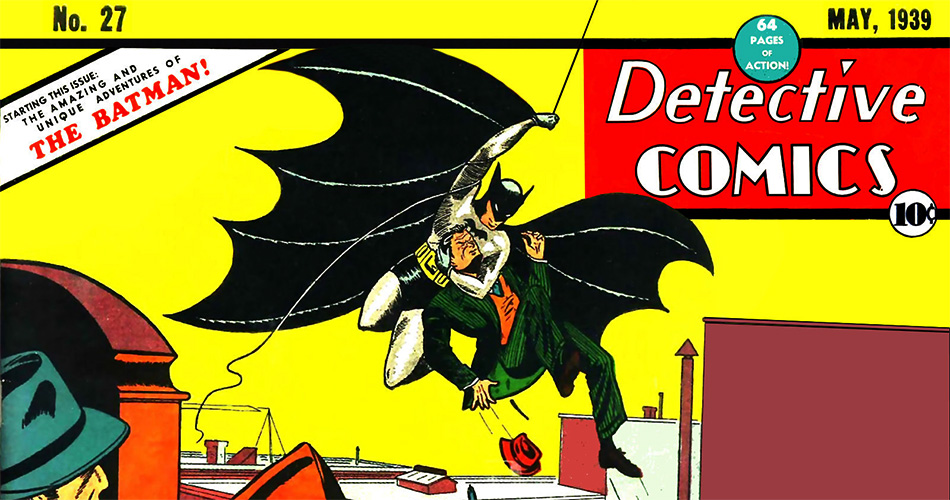
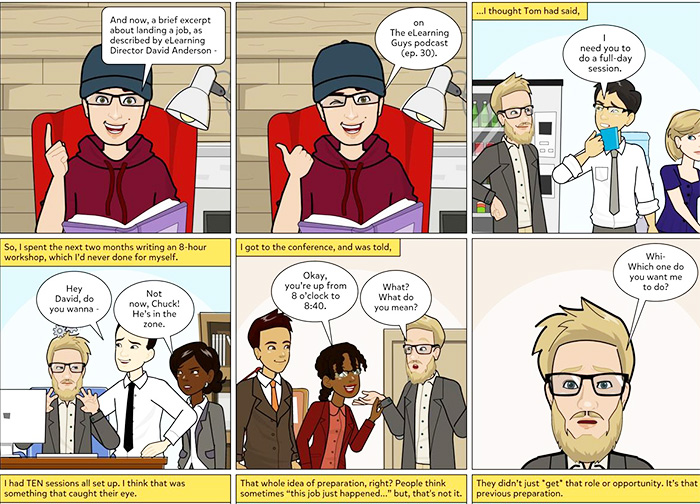
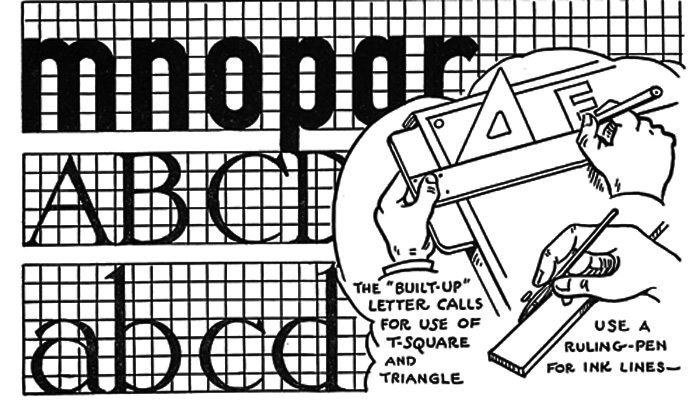
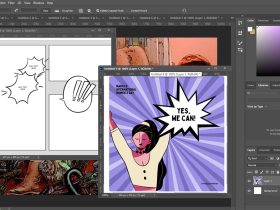
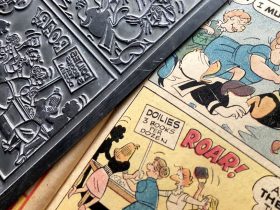
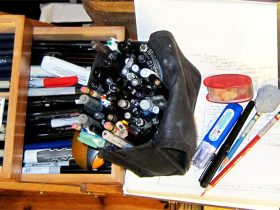
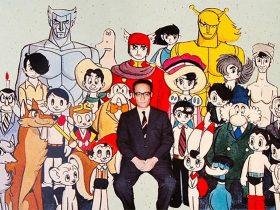
Leave a Reply